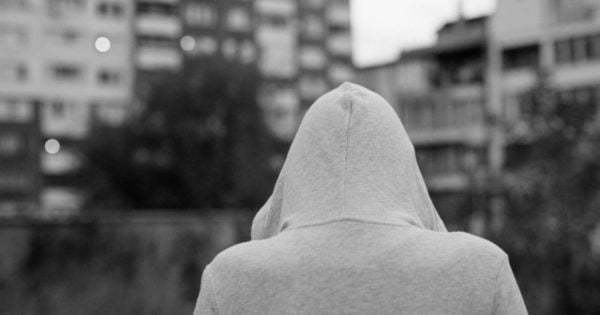Sharene Dearlove felt completely out of her depth as she watched her 20-year-old daughter “sobbing on the floor” and unable to bring herself to return to university.
Her eldest daughter, Morgan, had always been shy. She was compassionate and relaxed, always sure to put other people’s needs before her own. When she, in Sharene’s words, “just cracked one day,” the family had no idea how to react.
Speaking to Mamamia, Sharene said they had not seen this coming, and at the time had absolutely no idea what to do.
“There hadn’t been a history of mental illness in our family that we knew of. But once something like this happens, the stories start to emerge,” she reflected.





























































































